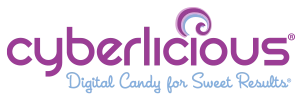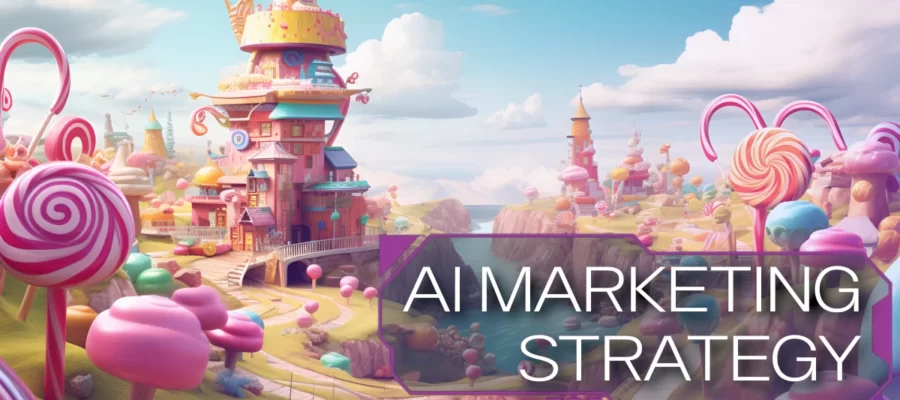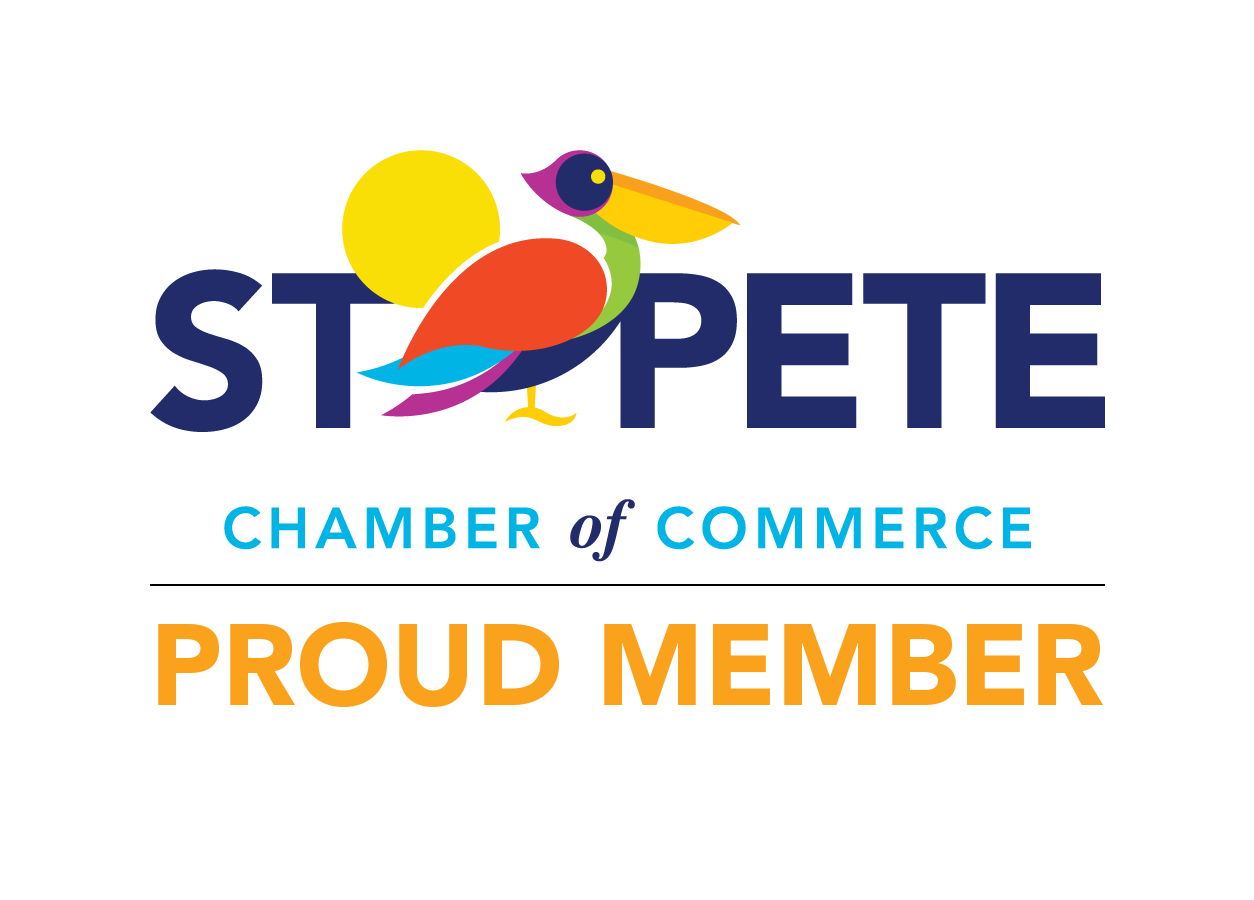So, you’ve launched a new Google Ads campaign, or maybe you’ve tweaked an old one. Now you’re staring at this annoying “Learning” status. You are in what advertisers call the Google Ads Learning Phase; it’s an advertising rite of passage.
The learning phase is an important period for every campaign, yet it’s often misunderstood and underestimated. It is when Google’s algorithm adapts to your ad’s performance, learning the best ways to reach your target audience. In the end, you should have an idea of how well your campaigns will run, and how to best use your ad spend.
This guide will walk you through the sticky world of the Google Ads learning phase, providing sweet tips and tricks to help you achieve your campaign goals.
What is the Google Ads Learning Phase?
The Google Ads learning phase is the time it takes for the platform’s algorithm to optimize your ad’s performance. This occurs when you launch a new campaign or make significant changes to an existing one. During this period, Google experiments with different ad placements, bids, and audiences to determine the sweetest approach.
Learning Phase: Is the Wait Sour or Sweet?
Unfortunately, we don’t have an exact answer for this one. The duration of the learning phase varies depending on several factors, including:
- Conversion quantity: The more conversions, the faster Google learns.
- Conversion cycle length: Shorter conversion cycles lead to quicker adaptation.
- Bid strategy: Different bid strategies have varying learning periods. Note: Manual CPC doesn’t undergo this phase.
Typically, the learning phase lasts between one and four weeks. However, this is only an estimate, and the actual duration can fluctuate based on your campaign specifics.
What Triggers the Learning Phase?
You’re probably wondering what sends Google into this candy-crazed learning mode. Here are the usual suspects:
- Launching a new campaign
- Making significant changes to an existing campaign (e.g., budget, bid strategy, targeting)
- Adding or removing keywords, ad groups, or campaigns
It’s important to avoid frequent changes, as each alteration resets the learning process, prolonging the phase.
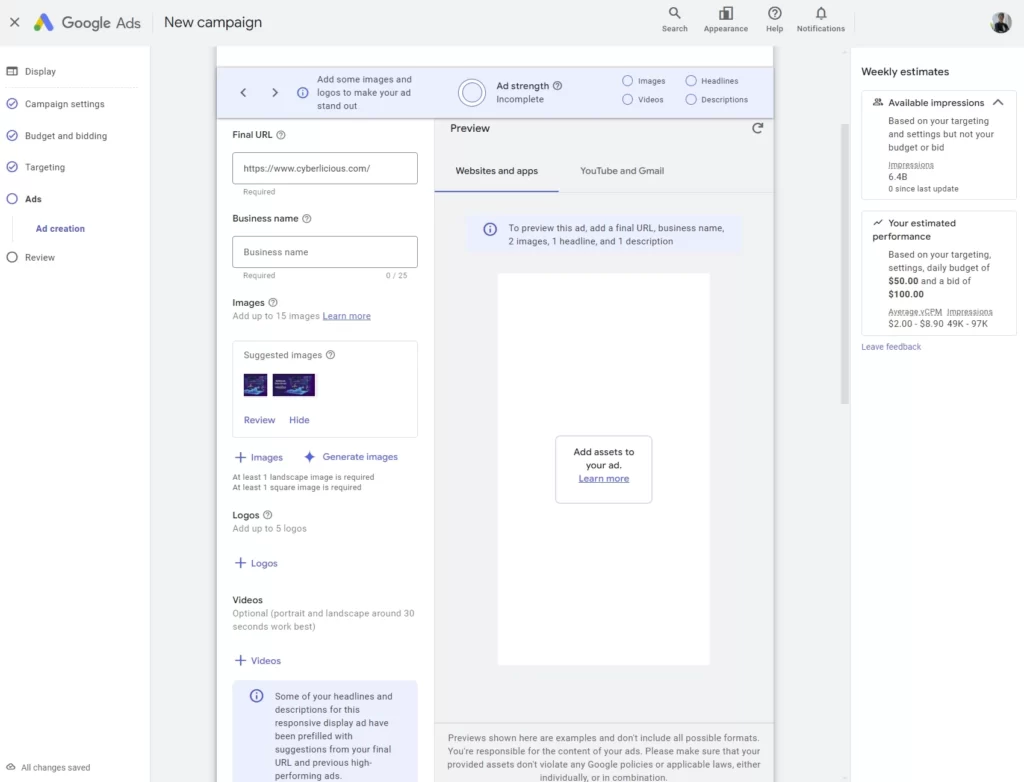
Sweet Science of the Learning Process
Google’s a smart cookie, or should we say, SMARTIE. It watches how people react to your ad. Do they click? Do they buy? Google takes notes and adjusts your ad accordingly. It’s like a never-ending game of trial and error, but the platform has way more patience than we do. Some ways Google does this:
- Explores ad performance in real-time auctions.
- Analyzes user behavior to determine optimal ad placement.
- Refines targeting based on gathered data.
- Continuously adjusts bids to improve performance.
While this process can lead to performance fluctuations, you must resist the urge to make impulsive changes. Otherwise, you go right back to square one.
Strategies to Sugar-Rush the Learning Phase
Impatient? There are a few sugary tricks you can use to help move from learning to optimization faster:
- Minimize frequent changes: Consistent campaign settings allow the algorithm to gather more data effectively. Google needs time to do its thing.
- Leverage historical data: If you have old campaigns, Google can learn from them.
- Focus on CPA optimization: Aligning your efforts with cost-per-acquisition goals can improve efficiency.
- Make landing pages sweet: Ensure landing pages align with ad content to enhance user experience. A great website makes it easier for Google to figure out who loves your stuff.
Teach the Platform Your Customers’ Behavior
An often-overlooked aspect of working within Google Ads is the importance of teaching the platform about your customers’ behavior. Providing detailed and accurate data can deliciously accelerate the learning phase and make your campaigns more effective in the long run. But, how do you actually teach AI what you want it to know? Simple answer, it craves data.
Detailed Audience Segmentation: Tailoring the Treat
Break down your audience flavor; smaller, specific groups help Google AI know what you are looking for in your customers.
- Create granular profiles: Develop in-depth descriptions of your ideal customers, considering factors like age, location, interests, and behaviors.
- Leverage Google tools: Use platforms like Google Analytics and Audience Insights to gather data on your existing customers.
- Build custom audiences: Create lists of customers who have interacted with your business (website visitors, email subscribers).
- Expand your reach: Utilize lookalike audiences to find potential customers similar to your existing ones.
- Continuous refinement: Regularly analyze and adjust your audience segments based on performance data.
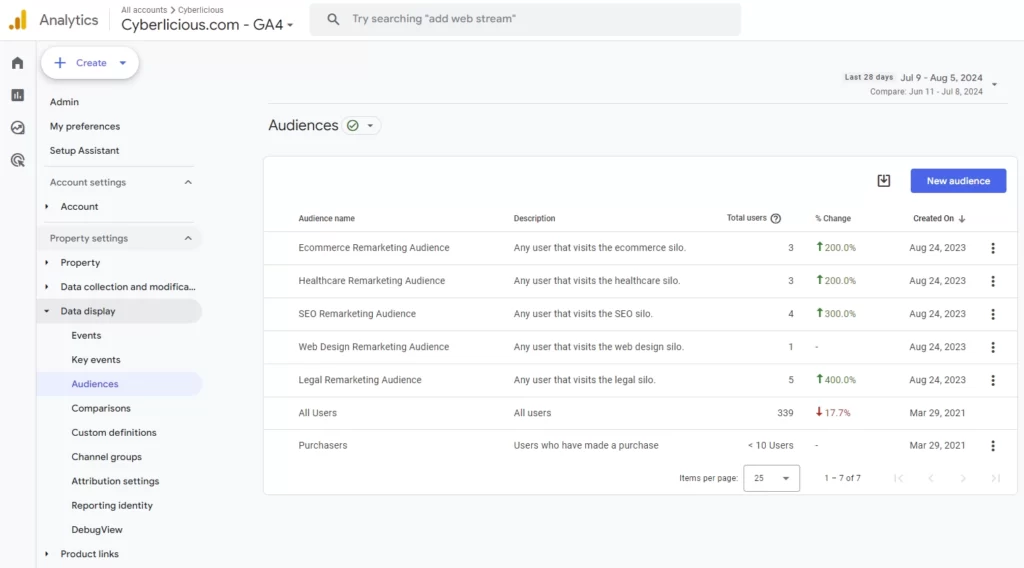
Robust Conversion Tracking: Sweet Data Insights
Comprehensive conversion tracking provides Google with valuable knowledge about customer behavior and the effectiveness of your ad campaigns.
- Track every interaction: Monitor clicks, website visits, form submissions, phone calls, and in-store visits.
- Implement micro-conversions: Track smaller actions like video views, newsletter sign-ups, or page scrolls.
- Connect online and offline data: Integrate offline sales data to gain a complete picture of customer journeys.
- Utilize attribution modeling: Understand how different marketing channels contribute to conversions.
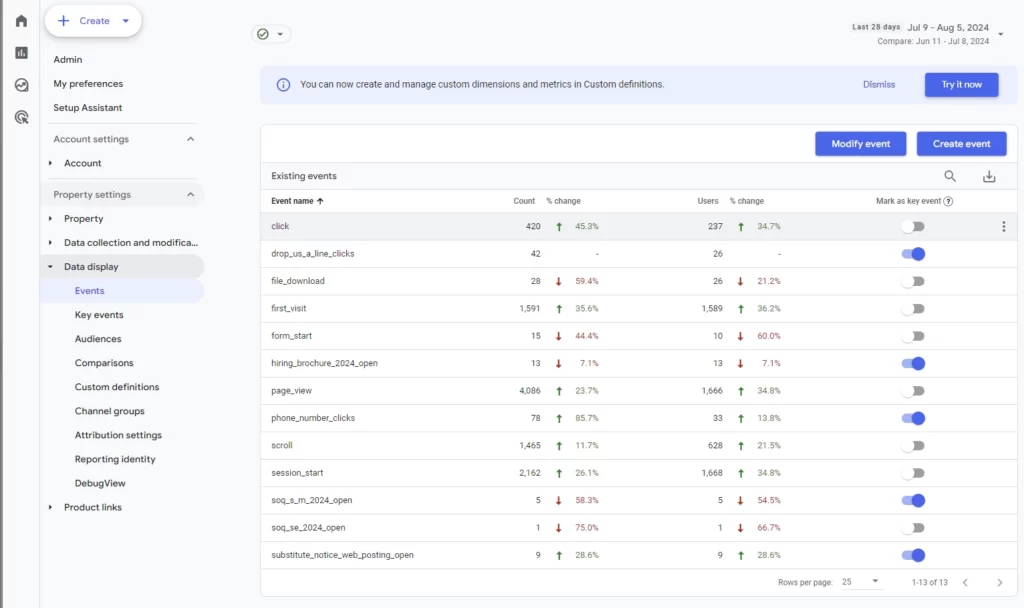
Cyberlicious® sweet tip: Start planning your campaigns ahead of time to account for the learning period. If your goal is to boost sales during a specific campaign, factor in the learning phase to ensure your ads are performing optimally when you need them most. Proactively indulging in the learning phase can increase your chances of achieving your marketing goals.
Sticky Situations to Avoid During Google’s Learning Phase
We all make mistakes. If you’ve gotten this far though, you’re more likely to avoid them since we have some tasty tips on what not to do:
- Impulsive changes: Making frequent adjustments to your campaign can disrupt the learning process and hinder performance.
- Ignoring the learning phase: Failing to recognize the importance of the learning phase can lead to premature optimization efforts.
- Unrealistic expectations: Expecting immediate results can lead to frustration and suboptimal decisions.
- Neglecting data analysis: Failing to analyze performance data can prevent you from making informed optimizations.
- Overlooking conversion tracking: Incomplete or inaccurate conversion tracking can hinder the algorithm’s ability to learn.
The Sweetest Finish
You can’t escape Google’s learning phase so you might as well embrace it. It should be working for you and lead to better data about your campaigns, not against you. Patience is a virtue, especially when dealing with artificial intelligence. So, take a deep breath, enjoy the sweet taste of success as your campaigns improve, and remember, every journey starts with a single step – or in this case, a single click.
Google Ads learning phase shouldn’t be a sour experience. Better yet, let cyberlicious® help you turn it into a sweet success story. Contact us today for a consultation and see how we can help you optimize your campaigns.
